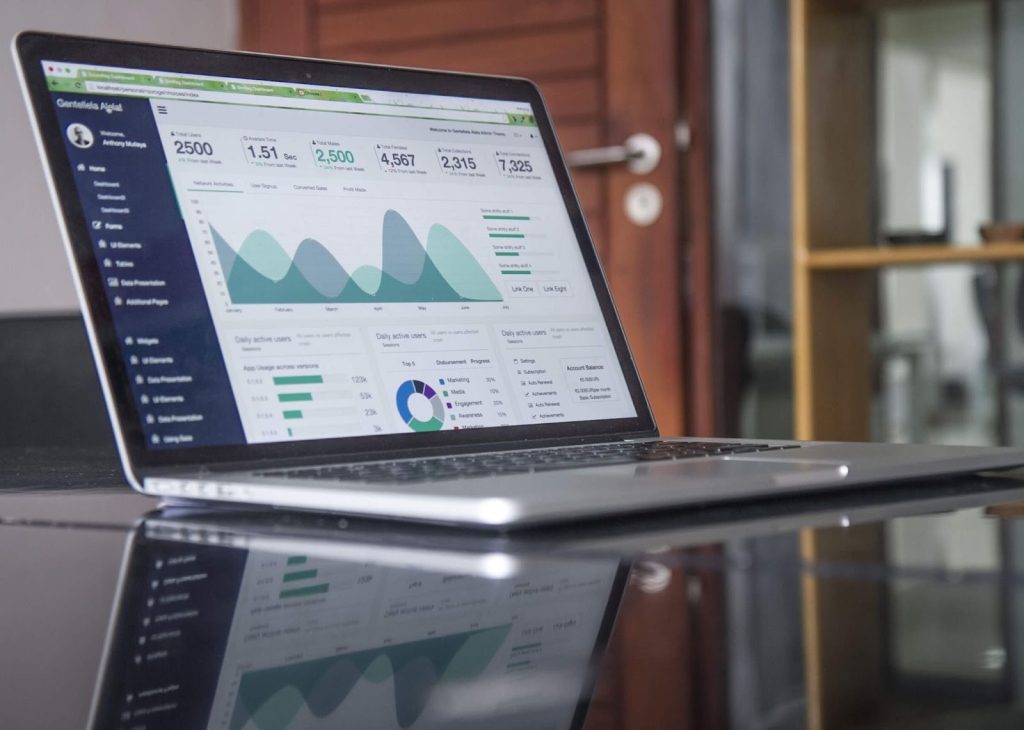How to Build the Perfect eCommerce Ecosystem – A Beginner’s Roadmap to eCommerce Website and Custom App Development

Starting an e-commerce website is quite a burdensome process full of twists and turns. Many people say that the perfect time for e-commerce website development was a decade ago. But do you know when the second perfect time to dive into it? It is now! So let’s jump into the guideline of e-commerce for beginners to look through all the steps to take for successful website and application development.
The first thing to consider when starting an e-commerce website is to define the type of your website:
-
B2C Online store. If you want to build a website that suits the needs of individual consumers, then your website should promote and sell your products (Amazon, Alibaba, etc.);
-
B2B E-commerce platforms. If your website should be focused on promoting and selling business products to other businesses, then you go for a B2B e-commerce platform that allows reaching a new set of customers, streamlines sales to expand your business and makes it more efficient (SAP Commerce (can also be used in B2C), Magento Commerce for B2B, Shopify plus, Amazon Business);
-
C2C E-commerce stores. This type of website allows users to sell their products on your website while you are getting money for commission and ads (eBay, Amazon Marketplace, and Mercari).

The second critical point you should take account of when building an e-commerce website or app is whether to hire an in-house team for that purpose or find an outsourcing development one. This is a rather complicated question and you shouldn’t take the decision lightly, as it influences the overall success of your website and the profits of your business. Both in-house development and outsourcing have their strong and weak sides.
In-house development can provide you with easier communication and your complete control of the project (considering, your team is in the office and not working remotely because of covid), and faster response time. While outsourcing can give you access to greater competence, scalability, and cost-effectiveness. There is also a hybrid approach where you can work with your in-house developers while hiring a few professionals from an outsourcing company to diversify technologies and scale up your team. But none of them is a win-win approach because all of them do have their drawbacks. This is not a one-size-fits-all situation, so you should go for this or that approach only after scrupulously considering which one suits your project requirements and business needs more.

The third issue is to estimate the budget. The question of how much it costs to build an e-commerce website from scratch in 2021 is rather popular these days. The answer is that the price will vary a lot, from $10, 000 to $500, 000 and an even greater amount of money. Everything will depend on the complexity of the project and the platform you will choose. Another variable parameter is time. One website can be built over a month or two. Others can take up to 1 year. How long does it take to build an e-commerce app? The variability is very high. 18 weeks, in general for an unsophisticated one. 10 weeks for the back-end, and 8 weeks for the front-end.
Your next step is not to overlook two important points, a domain name and website hosting. A domain name should be easily pronounced, catchy and compatible with the name of your company. Make sure the domain name is free. Your hosting can be Shared (in this case, the provider allocates all the necessary resources and you pay a certain amount of money), Virtual Private/Dedicated Server (you can control all the processes) and Dedicated Server (large portals with a great number of visitors tend to go for this one).
Ensure that the website is reliable and trustworthy. This can be done through SSL (Secure Sockets Layer). It guarantees the absence of any danger in form of hacker attacks when your server interacts with the visitor’s browser. You can use either Domain Validation (which requires only domain verification), or Business Validation (which requires analysis of your business processes). There is also Extended Validation (provides the website with a green address bar in the browser).

Following that, think about the payment system, a payment getaway and a credit card processor. It’s quite a long and complicated process. You can’t go without it but your IT provider can help to make this process easier and ensure the organization of a secure payment system.
How to make sure your website will be successful?

- Responsive design. Your software development team (whether it is outsourcing or an in-house one) should make one of their priorities to create a catchy design for your website, that meets the needs of your customers and makes its use highly convenient. First things first, make sure that your site is displayed correctly on any device, whether it is a PC or a mobile device because ¼ of all sales are made using mobile phones.
- Transparent interface. A website should be ergonomic – a user should spend as little time as possible searching for the product needed. The system of filters and sorting may come in handy here. A user will be glad to specify the colour, price and size that suit their needs.
- Site search. According to the statistics, 40% of customers use site search when looking for the product they need. So, adding this area to your website is taking one more step in the way of making your website user-friendly and convenient.
- Add a live chat. Not all users are comfortable with e-mailing and calling. Sometimes, it can be faster to send a quick message in a live chat and get a fast response.
- To register or not to register – that is the question. Keep in mind that many users try to get rid of the process of registration. So, if you don’t allow them to purchase without being registered, they will go to any other website. On the other side, if you do want your users to be signed up, tell them about all the bonuses registered users have.
What features a profit-making website should have?
- Sign-in page. It’s useful to have a page where users can leave information about themselves. Just do not make it a compulsory point for making a purchase.
- A convenient catalogue. A catalogue is a very obvious item on each e-commerce website. However, it should be made in the most convenient for users way possible. This is how: break the catalogue by categories to simplify the search, create the system of filter, sorting, and the search, allow users to compare different products.
- Product card. One of the most important dimensions includes all the necessary information about the product. Allow users to leave their feedback about the goods they bought. Other customers are always happy to read the reviews.
- Checkout page. Payment is quite a delicate process, and a user must trust you. So, it’s important to make this page as credible as possible: provide a link to the privacy policy, the information about the product and the shipping options.
- FAQ. It is very important to provide your users with constant support. The questions users ask are usually quite typical, so it can be smart to give answers to them all in advance. The questions users usually ask concern the return of rejected goods, payment, delivery, and other important issues.
- Contact us page. On this page, you should provide maximum information about yourself: the address, phone number, skype, e-mail and other contact information so that users can contact you anytime some issues arise.

Test your e-commerce website before the launch. It’s always useful to get honest feedback and an overview of the things that could go wrong:
- Make sure that there are no broken links and that all links work;
- Fix all the website bugs;
- Ensure user convenience across the channel;
- Check all devices compatibility and ensure that users can navigate through all pages freely;
- Test what factors can lead to some payment issues;
- Make sure your website has come through stress testing. This will make you confident that it won’t collapse during Black Friday when there are a great number of users visiting it.
Summing this all up, that was only the guideline on how to develop an e-commerce website or application from scratch. This process is quite complicated and time-consuming and demands many skills, great competence and not a small budget. But with the right software development team, it can become easier and lead to high profits in a much shorter period of time.
New articles

See more

See more

See more

See more

See more
